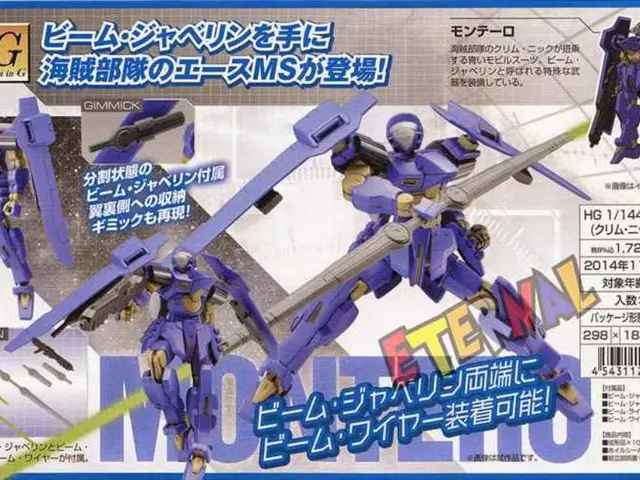Electric System Components: Inline Cartridge Fuses
Inline cartridge fuses are essential components in many applications, offering protection for electrical circuits against overloads and short circuits. These fuses operate by including a thin metal element within a non-combustible, cylindrical housing, connected in series with the electrical circuit they protect.
The Fuse Element
The core of an inline cartridge fuse is a fuse element, typically made of a thin strip or wire of metal. This element is designed to carry a rated current indefinitely without damage and melt quickly under overload conditions. The element's size and shape are engineered to generate heat at the threshold current, causing it to melt or break solder joints rapidly.
Key Considerations
When using inline cartridge fuses in various industries, it's important to consider several factors:
Current and Voltage Rating
The fuse must match the circuit's operating parameters to protect effectively without nuisance blows.
Time-Current Characteristic
Selecting fast-blow versus slow-blow (dual element) fuses based on the type of load and transient current behavior (e.g., motor startup surges) is crucial.
Environmental Factors
Fuse construction must withstand humidity, oxidation, vibration, and temperature changes encountered in industrial settings without degradation.
Interrupting Rating
The fuse’s breaking capacity must safely interrupt the maximum prospective fault current without causing hazards.
Installation and Accessibility
Inline cartridge fuses must be installed in accessible fuse holders or panels conforming to industry safety standards for easy replacement and maintenance.
Industry-Specific Compliance
Compliance with relevant standards (e.g., UL, IEC, IEEE) and regulations ensuring safety and reliability is essential.
Safety and Hazard Mitigation
Using appropriate fuse types and protecting panels from inadvertent contact or arc flash risks is critical in heavy industries.
Industries Relying on Cartridge Fuses
Industries such as manufacturing, automotive, marine, electrical utilities, and process plants rely on cartridge fuses to protect equipment from electrical faults. Proper fuse selection and installation are crucial for operational safety and continuity.
Proper Sizing, Inspection, and Maintenance
Proper sizing of inline cartridge fuses is crucial to prevent frequent blowouts or inadequate protection. Regular inspection of inline cartridge fuses is necessary to identify signs of damage or wear, and to replace them if necessary. Different types of inline cartridge fuses exist, such as fast-acting and time-delay fuses, each designed for specific applications.
The Role of Inline Cartridge Fuses
Inline cartridge fuses play a vital role in maintaining the integrity and safety of electrical systems in various industries, including automotive vehicles, power distribution systems, and electronic devices. When the current exceeds the rated capacity of the fuse element, it heats up and melts, breaking the circuit. This quick response time ensures quick protection against overloads and short circuits, protecting the electrical system from potential damage.
In summary, inline cartridge fuses protect circuits by melting an internal metal element under excessive current, and their effective use depends on matching electrical parameters, construction quality, environmental resilience, and safety standards in industrial applications. Consulting with professionals and adhering to manufacturer's guidelines is important for optimal results when using inline cartridge fuses.
The fuse element, typically made of a thin strip or wire of metal, is crucial in inline cartridge fuses as it carries rated current indefinitely without damage but melts quickly under overload conditions. In the realm of technology, these fuses are employed to safeguard electrical circuits against overloads and short circuits.
With industries such as manufacturing, automotive, marine, electrical utilities, and process plants relying on cartridge fuses to protect equipment from electrical faults, it's essential to consider factors like engineering compatibility with the technology in use when implementing these protective components.




